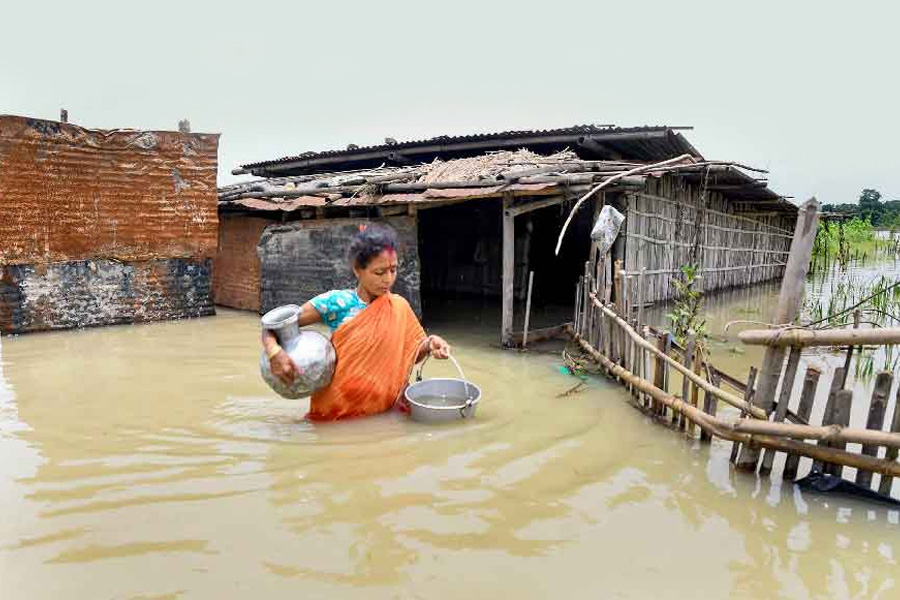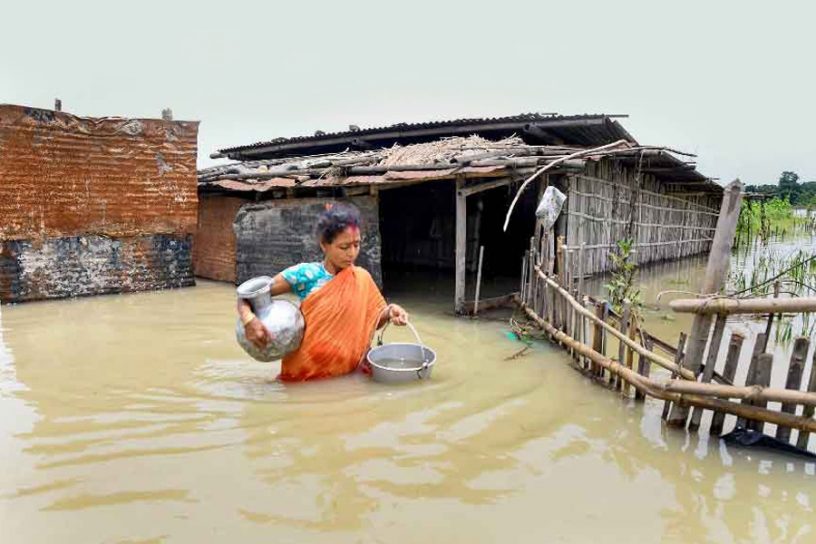
This article draws upon a political ecology lens to understand gendered recovery processes following disasters across four districts in Assam, northeastern India using empirical research from 2012 to 2018.
Author
Sneha Krishnan, Associate Professor, Jindal School of Environment and Sustainability, O.P. Jindal Global University, Sonipat, Haryana.
Summary
Recurring floods and erosion result in displacement, which adversely impacts women who are ‘left behind’ when men migrate. Policy and programme measures for disaster response and climate adaptation often perceive women as homogenous, vulnerable groups, instead of addressing underlying structural and conceptual barriers and strengthening their adaptive capacities to disasters and displacement.
This article draws upon a political ecology lens to understand gendered recovery processes following disasters across four districts in Assam, northeastern India using empirical research from 2012 to 2018.
The findings add nuances to the displacements of women in Assam as being ‘climate-induced’ by showing the different mechanisms of displacement and how it impacts particular groups of women, as well as their differential ways of coping with these changes.
This article draws on sustained long-term qualitative research among rural villagers, particularly women, in Assam where migration is connected to riverbank erosion, exacerbated by the construction of a new embankment, and disrupted due to waterlogging caused by embankments and government relocation schemes in order to construct further dams/embankments.
Published in: Climate and Development
To read the full article, please click here.


